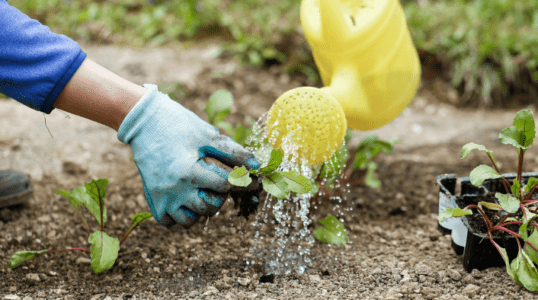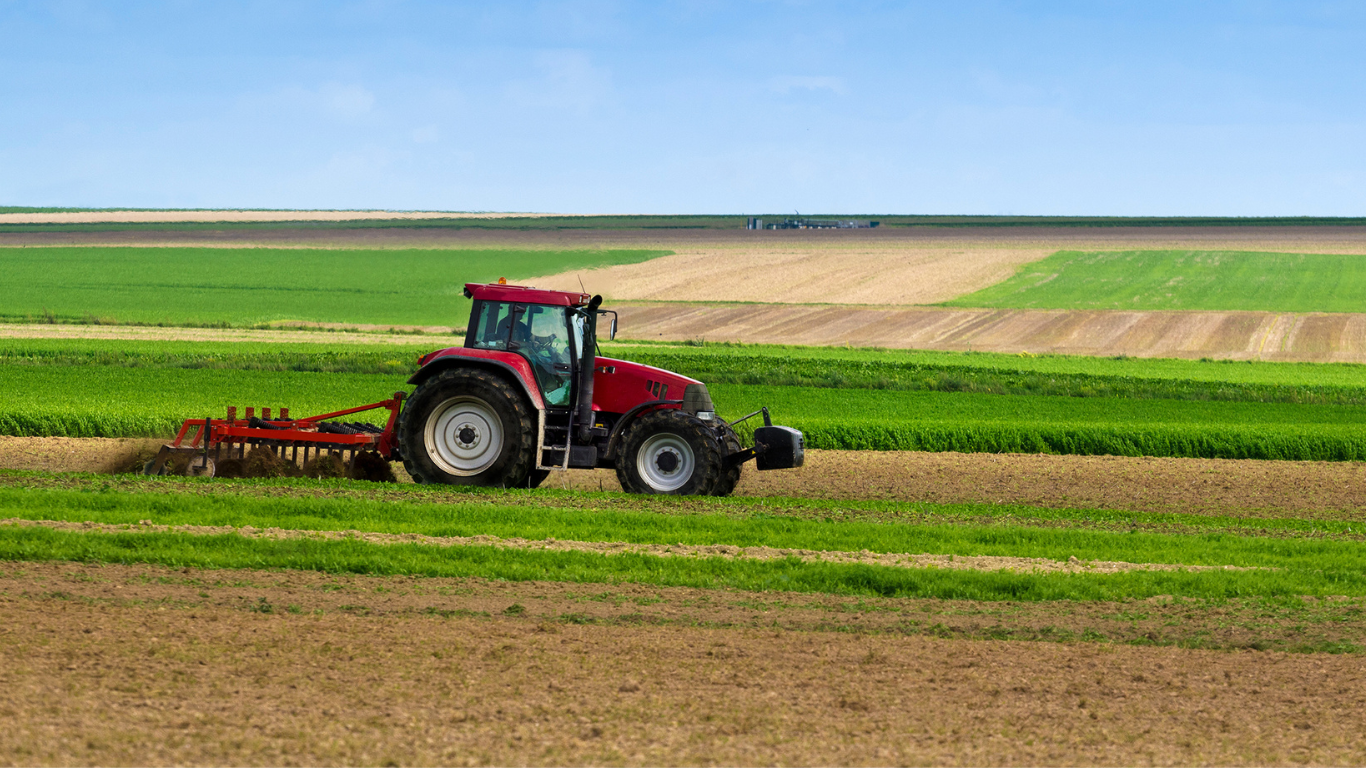Agriculture worldwide faces significant raw materials and climate change challenges, leading to increased food prices and a growing demand for fertilisers to maintain yields. Issues such as soil health decline, erosion, and sodicity further threaten global food security, with famine already impacting regions like Africa.
Moreover, the growing global population of eight billion exerts pressure on cereal crop production due to rising fertiliser prices, declining biodiversity, and geopolitical tensions.
Coal supports agriculture in two significant ways:
- Coal can be used to produce ammonia through gasification. Ammonia serves as a nitrogen source for plant growth. Over the last 50 years, ammonia production for fertilisers has surged to 176 million tonnes.
- Coal, derived from plants, can be used as a source of humates. These can be extracted and used to supplement soils. This practice is gaining acceptance, especially in Asia, where the demand for humic products is increasing by 10% annually. It also offers an alternative use for immature coal.
As the demand for ammonia-based fertilisers has risen over the last 50 years, primarily sourced from natural gas, global food production suffers due to record gas prices.
However, coal can also serve as a natural soil additive, reducing reliance on nitrogen fertilisers. Low-rank coal, such as lignite, can be utilised to extract humates, which are vital for nutrient fixation and water retention in soils.

Case Studies
-
Asia
This environmentally friendly practice is gaining popularity in Asia, where the demand for humic products increases by 10% annually.
-
North America
In the United States, regions like North Dakota extract lignite and ship it to India for processing into humic products used as fertilisers.
Summary
By applying humates, farmers can reduce the need for nitrogen fertilisers, cutting costs, waste, and pollution while supporting food production.
This innovative use of coal presents a timely and environmentally beneficial alternative, especially for low-rank coal, ensuring a sustainable future for food production.
